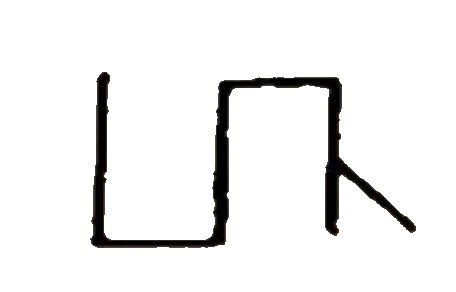|
Tamğa
A tamga or tamgha (from ) was an abstract seal or brand used by Eurasian nomads initially as a livestock branding, and by cultures influenced by them. The tamga was used as a livestock branding for a particular tribe, clan or family. They were common among the Eurasian nomads throughout Classical Antiquity and the Middle Ages. As clan and family identifiers, the collection and systematic comparison of tamgas is regarded to provide insights into relations between families, individuals and ethnic groups in the steppe territory. Similar tamga-like symbols were sometimes adopted by sedentary peoples adjacent to the Pontic–Caspian steppe both in Eastern Europe and Central Asia. Branding of livestock was a common practice across most sedentary populations, as far back as the ancient Egyptians. It has been speculated that Turkic tamgas represent one of the sources of the Old Turkic script of the 6th–10th centuries, but since the mid-20th century, this hypothesis is widely rejected ... [...More Info...] [...Related Items...] OR: [Wikipedia] [Google] [Baidu] |
Bayundur
The Bayandur (, , ), also spelled Bayundur or Bayindir, is an Oghuz Turkic tribe. Originally one of the 7 original tribes that made up the Kimek–Kipchak confederation, they later joined the Oghuz Turks. The Bayandur originated from Central Asia. History The Bayandur are known from Arab and Persian sources. The Bayandur was one of the 7 original tribes that made up the Kimek confederation, along with the Imur/Imi, Imak Tatar, Kipchak, Lanikaz and Ajlad. The Kimek tribes originated in the Central Asian steppes, and had migrated to the territory of present-day Kazakhstan. The Bayandur, as part of the Kimek, were mentioned by Gardizi. The Bayandur left the Kimek and joined the Oghuz. After disintegrating, half of the tribe united with the Kipchaks. While part of the Oghuz, they were mentioned by Kashgari. They were described in the Russian annals on 11th-century events while part of the Kipchaks. Aq Qoyunlu The Aq Qoyunlu was referred to as ''Bayanduriyye'' in Iranian and ... [...More Info...] [...Related Items...] OR: [Wikipedia] [Google] [Baidu] |
